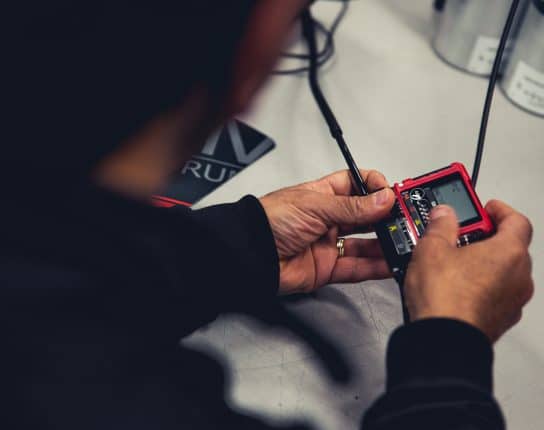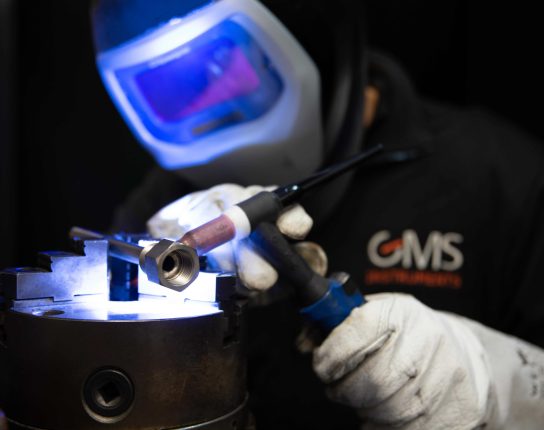
How to service your control valve
Valves are essential in maintaining a controlled and safe process by regulating the flow of fluids in industrial systems. As the correcting system within the process, any malfunction or deviation in a valve can lead to costly downtime and safety risks. Regular service is crucial to ensure your control valve operates smoothly.
At GMS Instruments, we offer a range of valves including ball valves, butterfly valves, thermostatic valves, and more. Here’s how to properly service your control valve and keep your system running efficiently.
Why regular valve maintenance matters
A well-maintained valve ensures:
- Optimal performance: Prevents disruptions in the flow of your process.
- Extended lifespan: Reduces wear and tear.
- Safety: Minimizes the risk of leaks and other failures.
Without proper servicing, even high-quality valves can lose efficiency, leading to significant operational downtime.
Step-by-Step control valve servicing
- Isolate the valve
Shut off the process flow and depressurize the valve. Follow all safety protocols.
- Inspect for damage
Check the valve body, seals, and components for signs of wear, corrosion, or leaks. Pay close attention to critical parts, such as the valve seat and stem, which can affect sealing performance.
- Clean the valve
Remove debris and buildup from the valve’s internal and external parts using appropriate cleaning solutions. Ensure the ball valve or indicator valve is free of any blockages that could disrupt function.
- Replace worn parts
If components like seals or gaskets are damaged, replace them with OEM parts. Using substandard parts can result in future failures and void warranties.
- Lubricate moving parts
Proper lubrication of the valve stem and moving components ensures smooth operation. This is especially important for butterfly valves and angle valves, which rely on precise movements to control flow.
- Reassemble and test
After servicing, reassemble the valve and test it under process conditions. Ensure there are no leaks and that the valve operates correctly.
Common issues to watch for
Be on the lookout for common problems such as internal leakage, stiction, or cavitation. Addressing these early can prevent larger failures.
At GMS Instruments, we provide not only a wide range of high-quality valves, like our water valves and diaphragm seal valves, but also the expert advice, service and parts you need to keep your valves in optimal condition. Proper servicing ensures a smooth process and avoids costly downtime. For maintenance kits, replacement parts, or professional support, contact us today.
Related
More of the same



